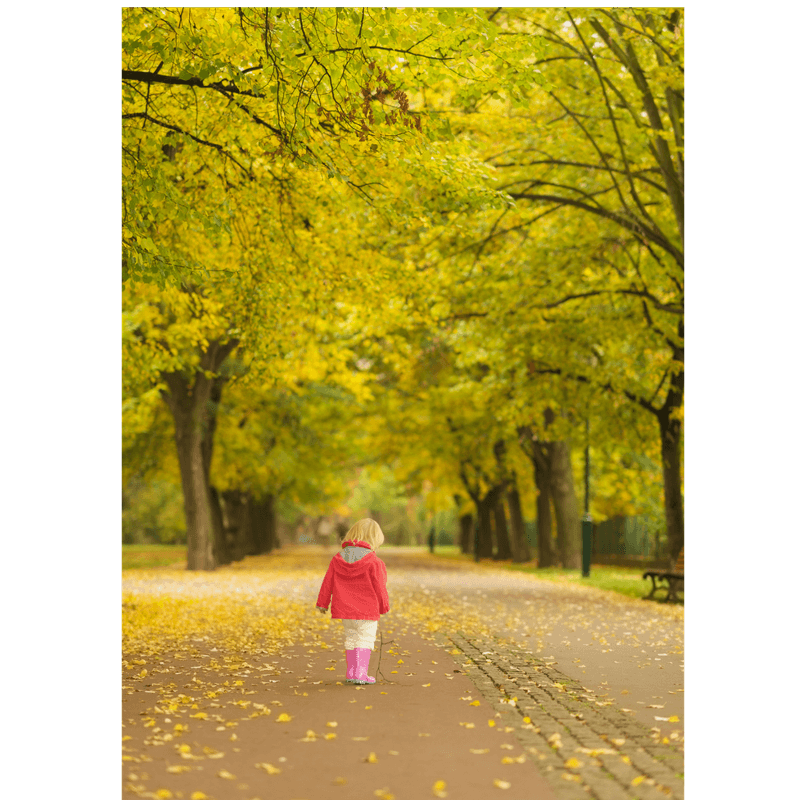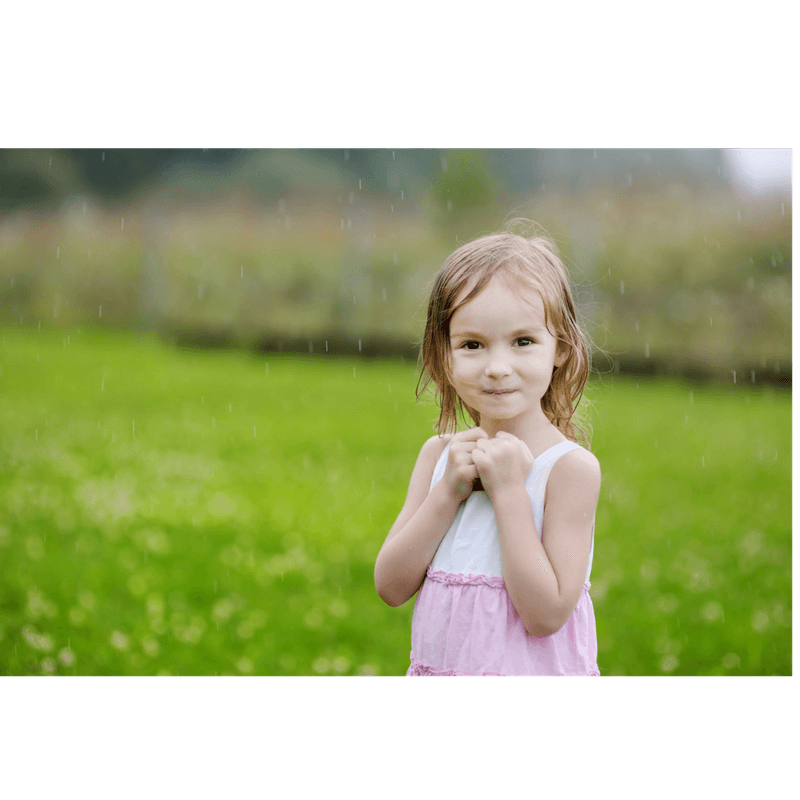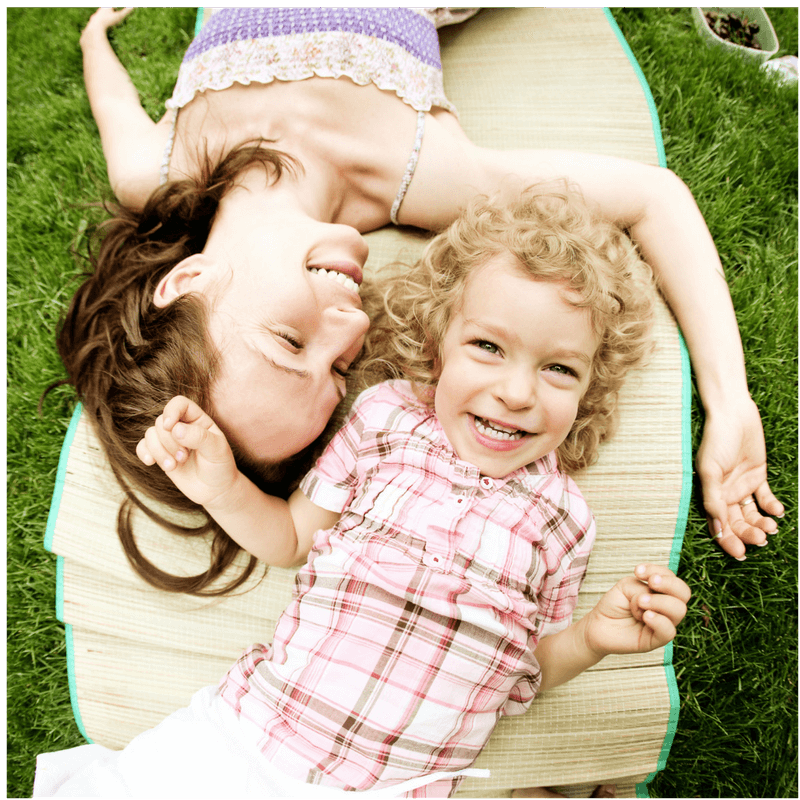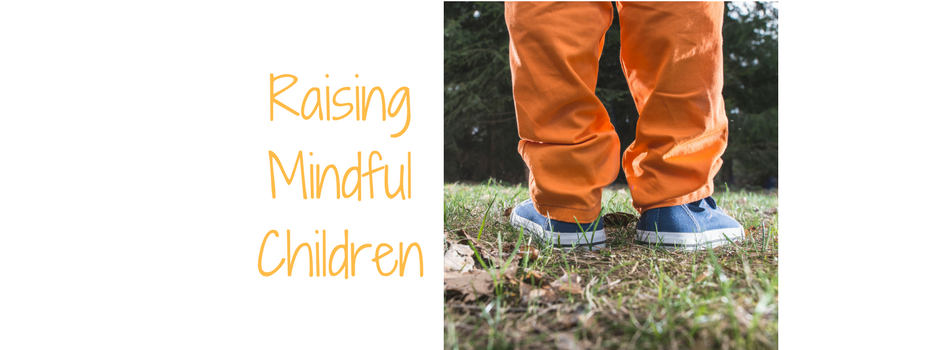Mindfulness skills have proven to be effective for reducing stress, calming the body, increasing focus and sustained attention and an increase in wellbeing. The purpose of teaching mindfulness to our children is to give them skills to develop their awareness of their inner and outer experiences, to recognize their thoughts as “just thoughts,” to understand how emotions manifest in their bodies, to recognize when their attention has wandered, and to provide tools for impulse control and calming down.

Tips to practice mindfulness skills with children:
- Listen to the bell
- Make your walks mindful
- Establish a gratitude practice
- Check your personal weather report
- Keep it simple
- Check your expectations

1. Listen to the bell
An easy way for children to practice mindfulness is to focus on paying attention to what they can hear. You can use a singing bowl, a bell, a set of chimes or a phone app that has sounds on it. Tell your children that you will make the sound, and they should listen carefully until they can no longer hear the sound (which is usually 30 seconds to a minute). This is great for increasing focus and attention.

2. Make your walks mindful
You can call this activity a “noticing walk.” Stroll through your neighborhood and notice things you haven’t seen before. You can designate one minute of the walk where you are completely silent and simply pay attention to all the sounds you can hear — frogs, woodpeckers, a lawnmower. You don’t even have to call it “mindfulness,” It can be called “the listening game”.

3. Establish a gratitude practice.
I believe gratitude is a fundamental component of mindfulness, teaching our children to appreciate the abundance in their lives, as opposed to focusing on all the toys and goodies that they crave. (My family does this at dinner when we each share one thing we are thankful for. It is one of my favorite parts of the day).

4. Check your personal weather report
This is about summoning your current feelings in the moment. Sunny, rainy, stormy, calm, windy, tsunami? This activity allows children to observe their present state without overly identifying with their emotions. They can’t change the weather outside, and we can’t change our emotions or feelings either. All we can change is how we relate to them. Children can recognize, “I am not the downpour, but I notice that it is raining; I am not a scaredy-cat, but I realize that sometimes I have this big scared feeling somewhere near my throat.” Children can identify where in their bodies they have the feeling.

5. Keep it simple
Mindfulness is a big word for young kids to understand. Put simply, mindfulness is awareness. It is noticing our thoughts, feelings, bodily sensations, and anything that is around us and happening right now.

6. Check your expectations
Are you expecting mindfulness to eliminate tantrums? to make your active child calm? to make your house quiet? If so, you are likely to be disappointed. While feeling calm or being quiet are nice side-effects of mindfulness, they are not the ultimate purpose.
When practiced, mindfulness becomes a way of living and being in the world instead of just a popular term or catchphrase!
Written by: Marilee Hartling, Anthony DiMaggio & Paula Boscardin


Trackbacks/Pingbacks